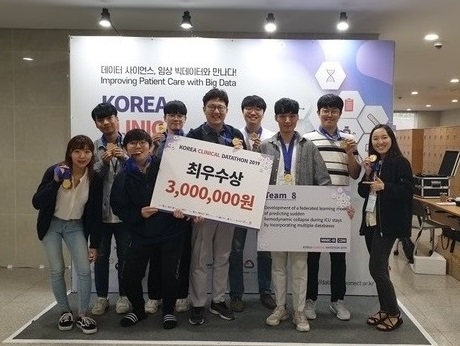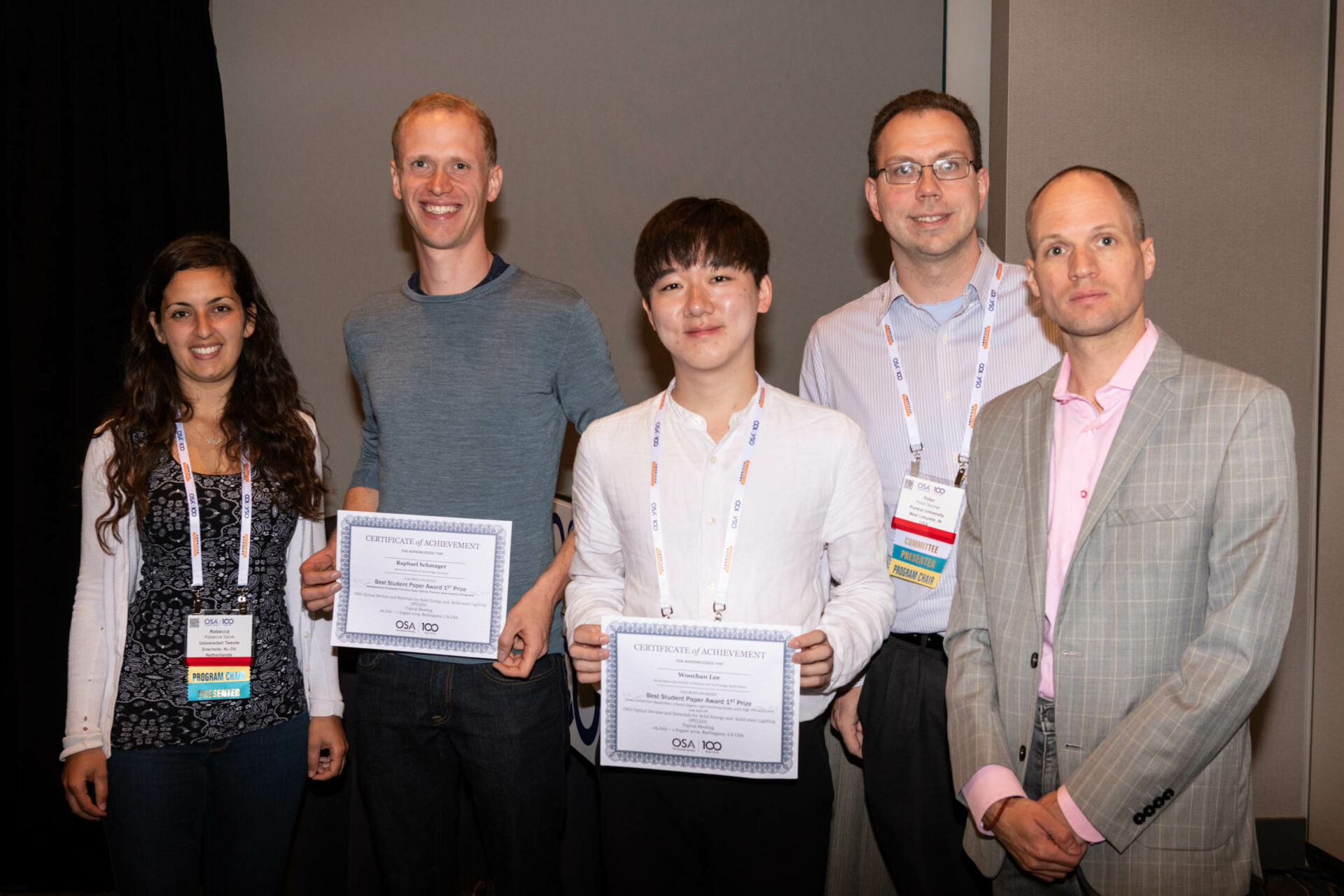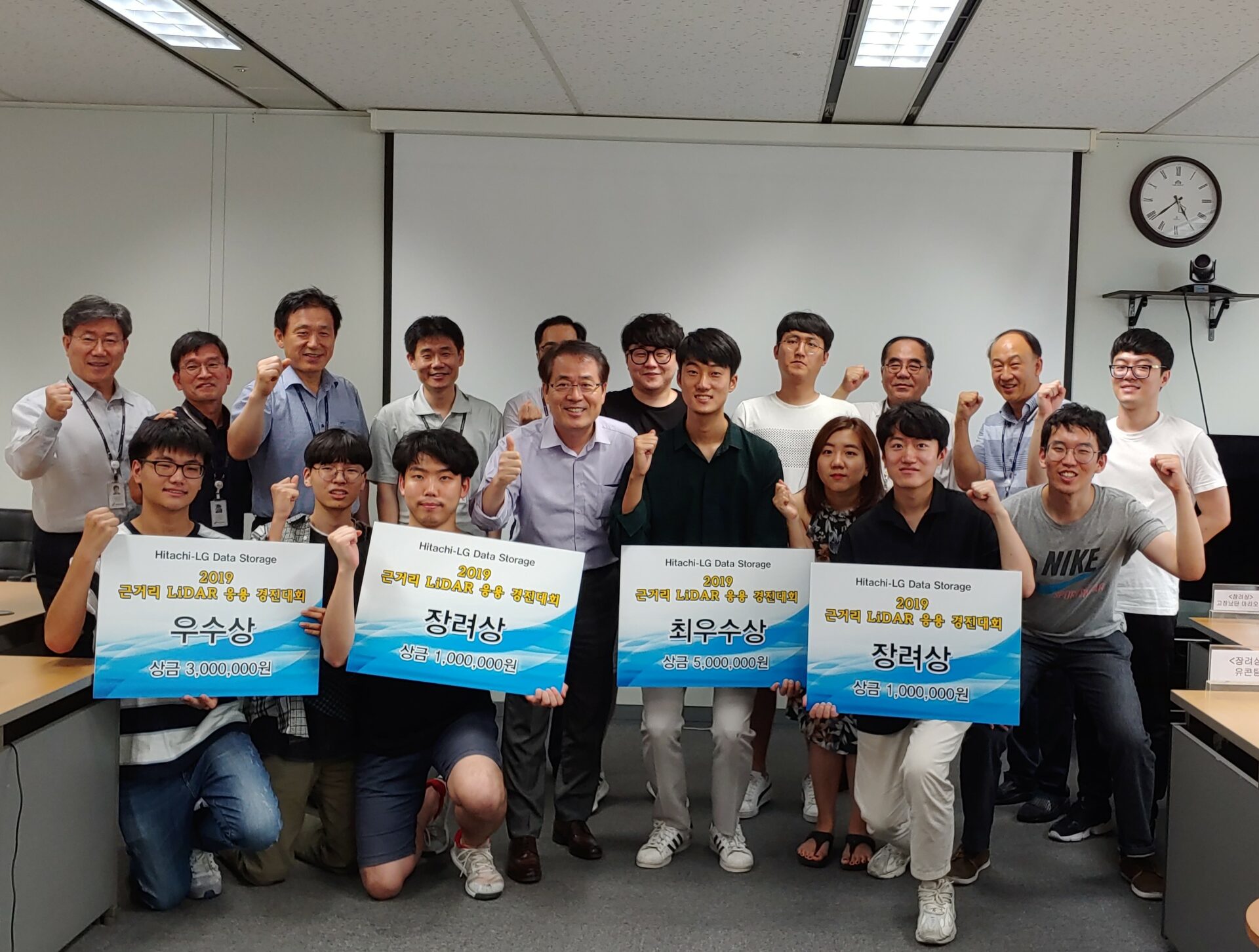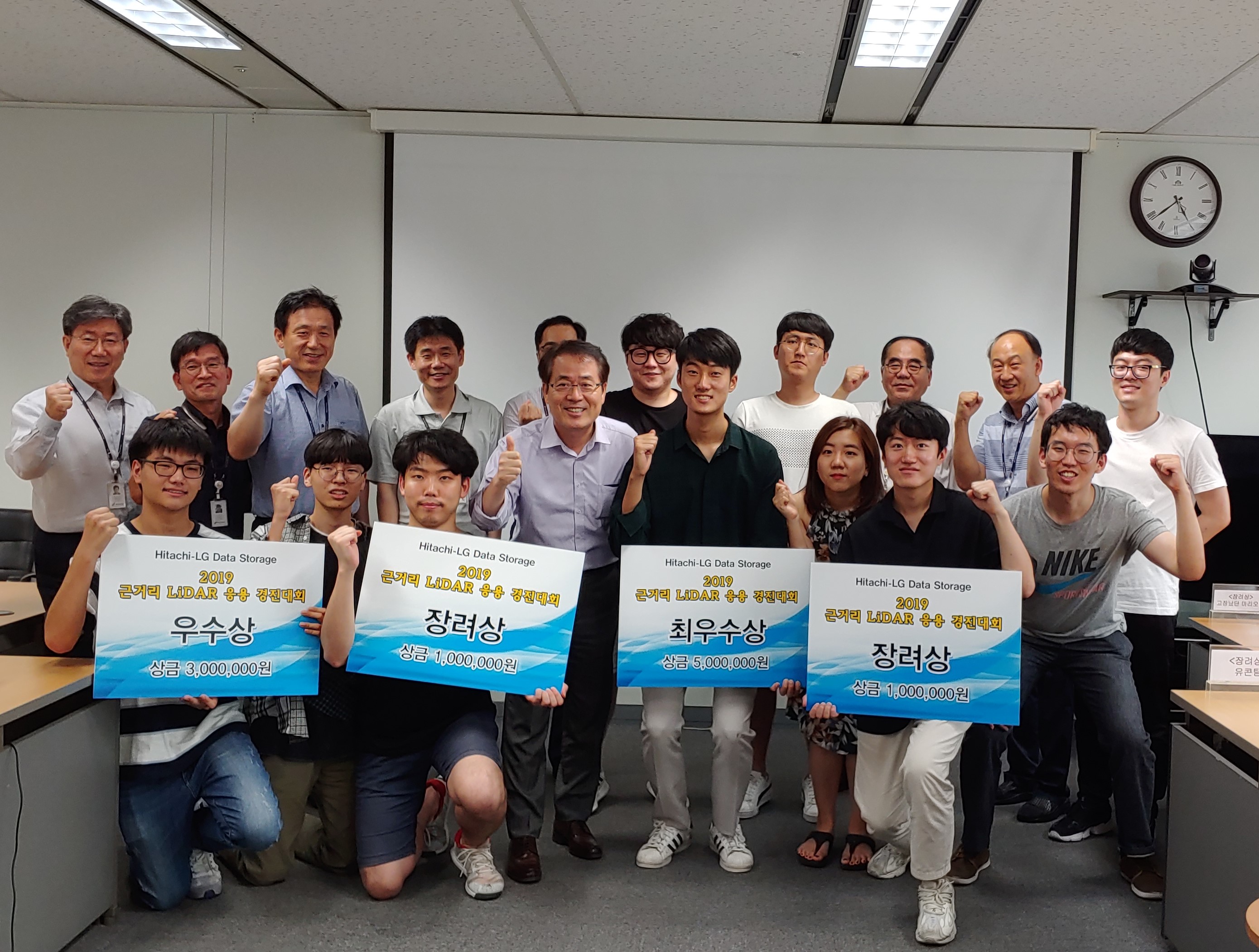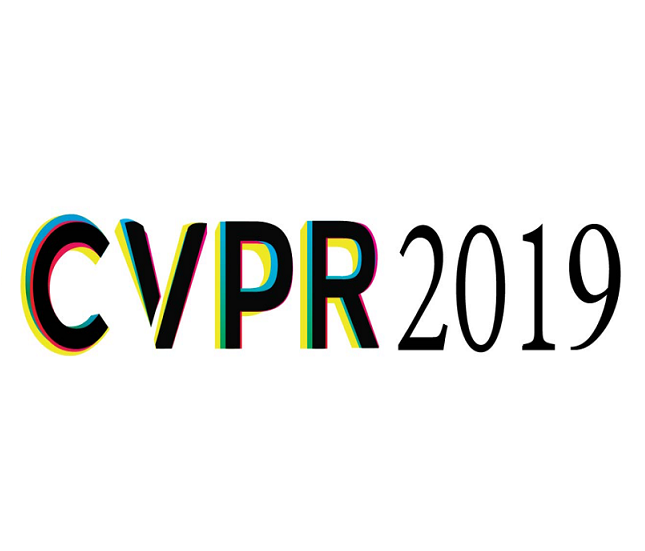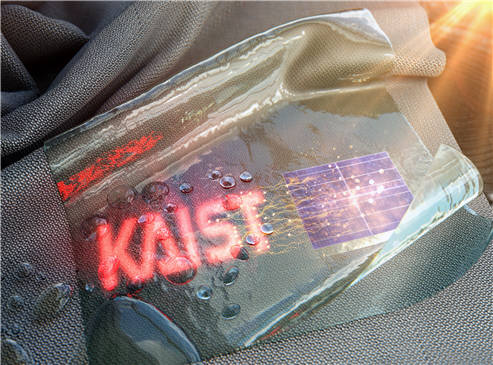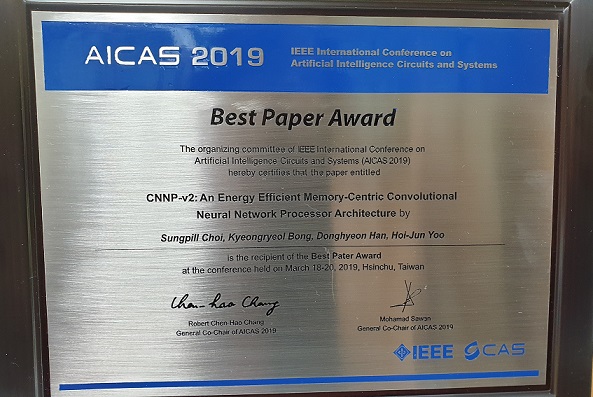CVPR is the premier computer vision conference in the world. The quality and impact of an institution’s research activity in computer vision and artificial intelligence are often measured by the number of papers accepted to this conference. KAIST EE has been very prolific in this sense. At 2019 CVPR alone, KAIST EE researchers have published 12 papers, becoming one of the most productive institutions of the world in computer vision and artificial intelligence research. These papers can be found below:
Deep Blind Video Decaptioning by Temporal Aggregation and Recurrence
Dahun Kim, Sanghyun Woo, Joon-Young Lee, In So Kweon
Deep Video Inpainting
Dahun Kim, Sanghyun Woo, Joon-Young Lee, In So Kweon
Dense Relational Captioning: Triple-Stream Networks for Relationship-Based Captioning
Dong-Jin Kim, Jinsoo Choi, Tae-Hyun Oh, In So Kweon
Learning Loss for Active Learning
Donggeun Yoo, In So Kweon
Variational Prototyping-Encoder: One-Shot Learning with Prototypical Images
Junsik Kim, Tae-Hyun Oh, Seokju Lee, Fei Pan, In So Kweon
dge-Labeling Graph Neural Network for Few-shot Learning
Jongmin Kim, Taesup Kim, Sungwoong Kim, Chang D. Yoo
Progressive Attention Memory Network for Movie Story Question Answering
Junyeong Kim, Minuk Ma, Kyungsu Kim, Sungjin Kim, Chang D. Yoo
Diversify and Match: A Domain Adaptive Representation Learning Paradigm for Object Detection
Taekyung Kim, Minki Jeong, Seunghyeon Kim, Seokeon Choi, Changick Kim
Learning Not to Learn: Training Deep Neural Networks with Biased Data
Byungju Kim, Hyunwoo Kim, Kyungsu Kim, Sungjin Kim, Junmo Kim
RL-GAN-Net: A Reinforcement Learning Agent Controlled GAN Network for Real-Time Point Cloud Shape Completion
Muhammad Sarmad, Hyunjoo Jenny Lee, Young Min Kim
Efficient Neural Network Compression
Hyeji Kim, Muhammad Umar Karim Khan, Chong-Min Kyung
Variational Information Distillation for Knowledge Transfer
Sungsoo Ahn, Shell Xu Hu, Andreas Damianou, Neil D. Lawrence, Zhenwen Dai
